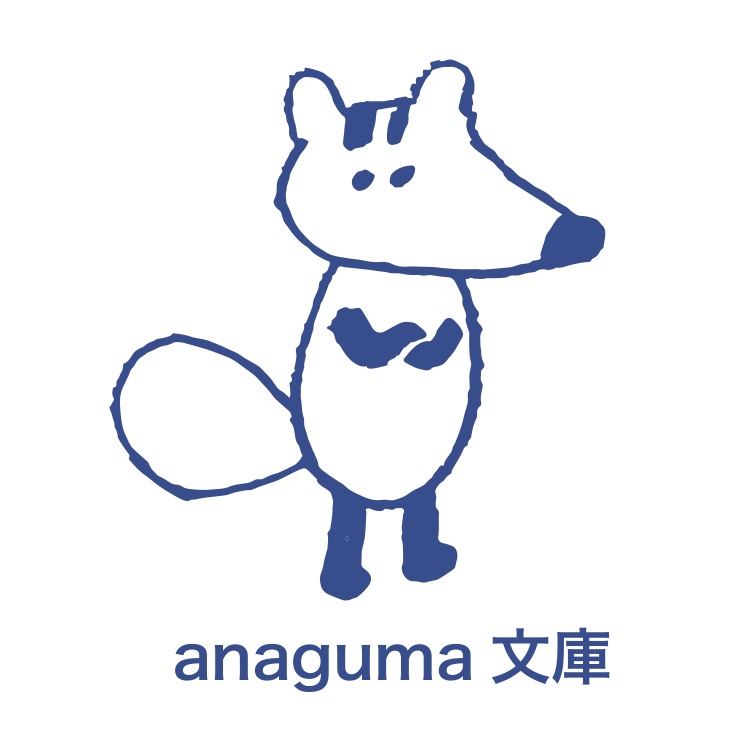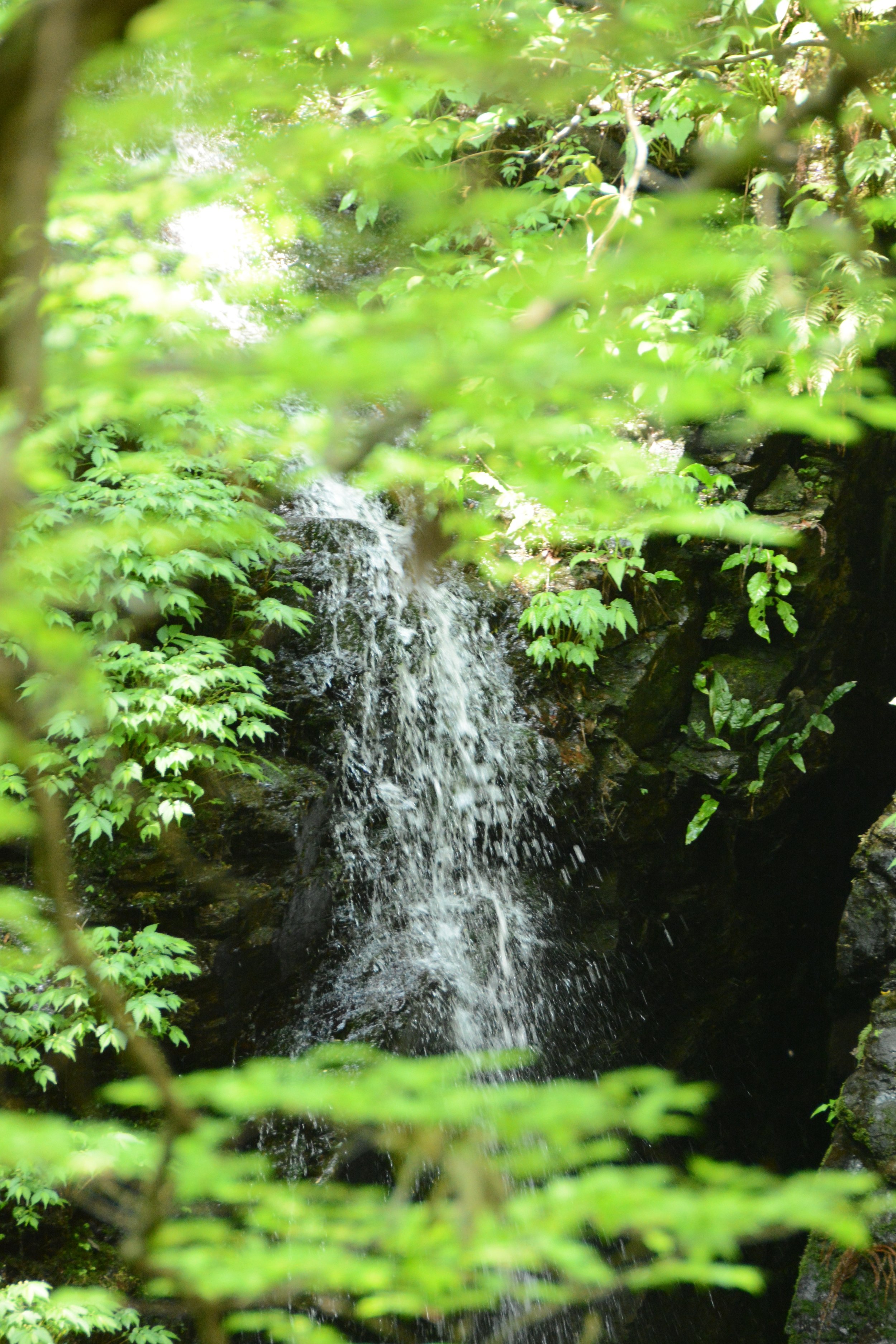(Please scroll down for the English version.)
狩りと蜻蛉と滝
やまいき市の朝市から少し散歩してあきつの小野スポーツ公園に着く。朝市の常連さんの中には、毎週公園まで歩いて朝市に戻る人はいる。公園の野球場で消防団は毎年の出初式を開催する。テニスコートもパターゴルフもある。それぞれの奥の方に行ったら、穏やかな小川の上の小さな橋を渡り、苔の王国に着く。ベンチ、東屋、慰霊碑があり、蜻蛉(せいれい)の滝まで続く長い石階段もある。
蜻蛉(せいれい)の滝の名はその地の「蜻蛉(あきつ)野」という名から来た。飛鳥時代の百年前、吉野林業の初期の一千年前のころ、この地はそう名づけられたと記録されている。ある日、雄略天皇は行幸し、狩にいらっしゃった。その次の成り行きは蜻蛉(せいれい)の滝の隣の看板で下記の通りに記載してある:
蜻蛉の滝
蜻蛉(せいれい)とはトンボのことである。
二十一代雄略天皇がこの地に行幸の祭、狩人に命じて獣を馳り、自ら射とうとしたとき、突然大きな虻(あぶ)が飛んできて、天皇の臂(ひじ)に喰いついた。ところが、何処からともなく蜻蛉(とんぼ)が現われその虻を噛み殺したので、天皇が大いにほめたたえ、これより、この地を蜻蛉野(あきつの)と呼ぶことになった。
蜻蛉の名にちなんで、この滝を蜻蛉の滝と呼んでいる。
高さ約五十メートル。飛沫は太陽に映じて常に虹をつくっていることから、この付近は一名虹光(にじっこう)といわれている。
蜻蛉の滝は古く万葉集にも記載されており、松尾芭蕉、本居宣長など著名人が多く訪れている。
雄略天皇の歌は万葉集の冒頭の歌である。国道と朝市からの僅かな散歩の現在より、雄略天皇の当時はこの地が人里離れた所にちがいない。しかし、昔と同じく木の陰が涼しくて、雨で濡れた石が滑りやすいと想像する。この滝、それぞれの木、野球のグラウンド、消防団が1500年後でもまだ元気にしている風景も想像する。
For my English-only readers,
The Japanese language uses three kinds of characters, and one of them is a meaning-based (not phonetic) system borrowed from China called kanji. There are usually multiple ways to read or pronounce the same kanji, depending on context, environment, and other factors. Occasionally, the pronunciation of the kanji is irregular. In the story below, the kanji for “dragonfly” is pronounced three different ways: seirei, akitsu, and tonbo (this last one is the most common and modern, so I have translated it directly as dragonfly in this text).
A Hunt, a Dragonfly, and a Waterfall
Akitsuno Ono Sports Park is a short walk from our morning market. A walk there and back is part of the routine of some of our regular customers. Its baseball diamond hosts our Volunteer Fire Department Opening Ceremony every January. There are also tennis courts and a putter golf course. If you keep going all the way to the back, you will arrive at a small bridge over a tranquil river, leading to a kingdom of moss. There are benches, gazebos, a memorial, and a long series of stone steps leading to Seirei Falls.
The name of Seirei Falls is derived from the name of the area, Akitsuno, or dragonfly field. It is said that this area received its name in the mid 5th century AD, a hundred years before the Asuka Period and a thousand years before the beginnings of Yoshino Forestry. At the time, Emperor Yuryaku left the palace grounds and decided to go hunting one day. What happened that day is written on a plaque next to Seirei Falls.
Seirei Falls
Seirei is referring to “dragonfly”.
When the 21st emperor, Emperor Yuryaku, was out hunting, he ordered one of his hunters to chase some wild game for him to shoot. When the emperor went to shoot the game himself, a large horsefly suddenly flew over and bit down on his elbow. But then, a dragonfly appeared out of nowhere, biting and killing the horsefly. The emperor praised the dragonfly, and from then on, this land became known as Akitsuno (dragonfly field).
As with the land, this waterfall is called Seirei Falls.
It has a height of approximately 50 meters. Since its spray creates a rainbow, this area is called “rainbow light”.
Seirei Falls is referenced in the early writings of the Man’yoshu, and has been visited by Matsuo Basho, Motoori Norinaga, and other famous people.
Emperor Yuryaku’s poem is the first in the Man’yoshu (Collection of Myriad Leaves), an ancient collection of poetry written by Japanese emperors. In his day, this area must have been even more remote than it is today, now a mere walk from the national highway and our morning market. However, I imagine the shade of the trees is just as cool, the rocks wet from rain just as slippery as they were back then. I also imagine the waterfall, the trees, the baseball diamond, and the Volunteer Fire Department will still be going strong 1,500 years from now.




